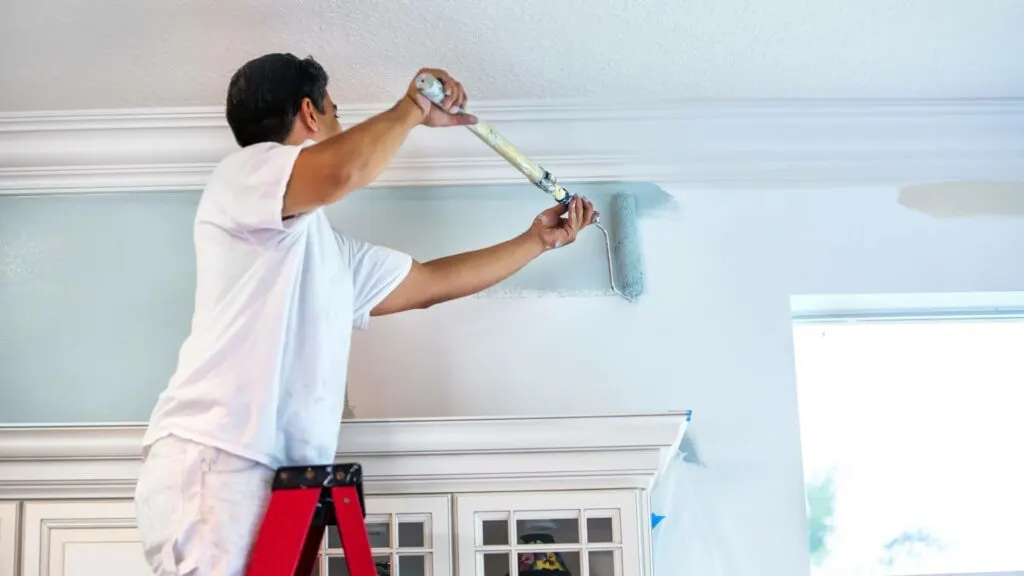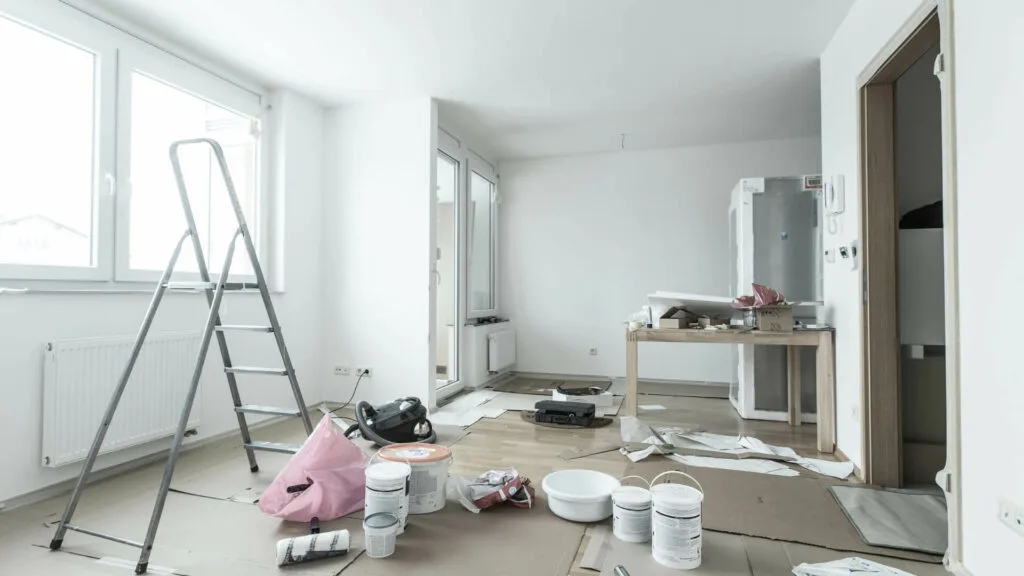Getting your home ready before starting a painting project is vital for success. If you skip preparation, you might encounter issues like peeling, cracking, or bubbling paint. These problems could lead to touch-ups or the need to repaint sooner than planned. In this article, we’ll delve into why it’s crucial to prep your home before painting and share some tips on how to do it.

Safeguarding Your Furniture and Personal Items
An important initial step in prepping your home for painting is protecting your furniture and belongings. Painting can be messy, posing the risk of stains and spills. Many house painters in North Shore Auckland suggest that to prevent damage, they either move furniture from the walls or cover it adequately with drop cloths or plastic sheets.
By safeguarding your valuables, you can minimize stress during the painting process. Also, it makes it easier for painters to work around the room without any hindrances.
Cleaning and Fixing Surfaces
Prior to starting the painting job, thoroughly cleaning all surfaces is essential. This involves removing any accumulated dust, dirt, grease, or grime built up over time.
A dirty surface can make it hard for paint to stick properly to the walls, causing the paint to peel or flake off.
Once you’ve cleaned everything up, check all surfaces for any damages that need fixing. This involves filling in cracks or holes with spackle and smoothing out spots on woodwork or walls. Taking care of these issues before painting not only makes things look better but also helps keep the structure strong by preventing damage.
Remember to Prime Before Painting
Many people forget about priming when getting ready to paint their homes. Priming creates a base for the paint color to stick to, making sure it goes on evenly. It also helps seal up surfaces while improving the paint’s adhesion.
Using a primer can also help you save time and money. It can reduce the number of coats of paint needed and make it easier to get the color you want. A primer can also cover up stains and smells, making your painted walls look even better.
Masking Off Areas Properly
For a professional finish, it’s important to mask off areas that shouldn’t be painted. This includes windows, trims, baseboards, and anything else you don’t want to paint. By using painter’s tape along these edges, you’ll create lines and lower the chance of making accidental smudges or drips.
When using masking tape, it’s crucial to be patient and ensure it sticks well. Press it firmly onto the surface, checking for gaps or air bubbles. When removing the tape after painting, do so cautiously when the paint is dry but not fully cured to prevent peeling off paint.
Selecting High-Quality Paint
The quality of the paint you select plays a significant role in determining its longevity and resistance to wear and tear. Opting for high-quality paint offers coverage, durability, color retention, and easy cleaning.
Although cheaper paints may seem attractive initially due to their prices, they often require coats for proper coverage. In simpler terms, this could cost more than investing in quality paints that deliver performance with fewer coats required.
Moreover, high-quality paints typically contain pigments and higher solid concentrations. This ensures colors resist quickly fading from exposure to sunlight or harsh weather conditions.
Engaging Professional Painters
While DIY projects have become popular recently, if you lack experience in painting or find yourself too busy with work or family commitments, hiring painters could be a great option.
Expert painters possess a wealth of knowledge regarding methods and materials for different surfaces. They understand how to overcome obstacles to achieve top-notch results. Additionally, they are equipped with the tools to complete the task efficiently and can provide advice on paint colors and finishes.

Conclusion
Preparing your residence prior to painting is not merely a step; it is crucial for attaining a durable, flawless paint job. Each aspect, from safeguarding your furnishings to utilizing premium paints, plays a significant role in crafting an inviting environment that will stand the test of time.
By adhering to these guidelines and dedicating time to the preparation or contemplating assistance, you can ensure a successful project that revitalizes your living space while safeguarding it from harm. Take the initiative today by readying your home before painting for outcomes that exceed expectations.

Jessi is the creative mind behind The Coffee Mom, a popular blog that combines parenting advice, travel tips, and a love for all things Disney. As a trusted Disney influencer and passionate storyteller, Jessi’s authentic insights and relatable content resonate with readers worldwide.
